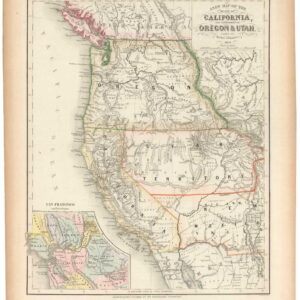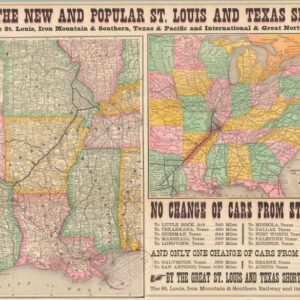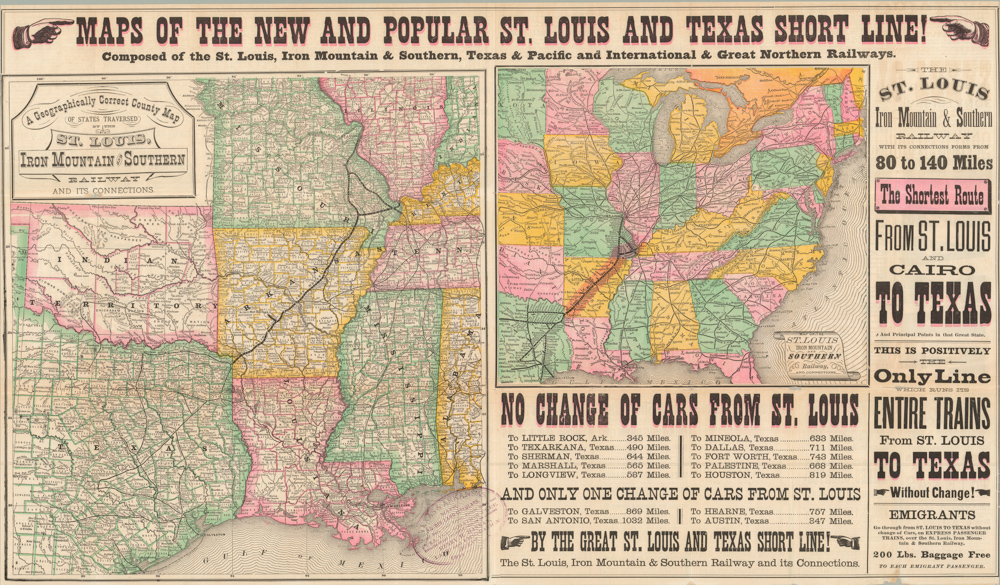An unrecorded early 20th-century photo album of mining operations in Arizona.
[Morenci, Arizona Photograph Album]
$1,800
1 in stock
Description
A remarkable piece of Arizona history, this photograph album of Morenci includes 22 highly scarce images of the town and mining operations from the early 20th century. The Morenci Mine has for many years been the largest copper mine in North America and one of the largest in the world.
The photographs are, in order:
- The cover image of the town
- Detroit Copper Mining Co.’s Store
- Public School
- Morenci Club
- Detroit Copper Mining Co.’s Smelter
- Detroit Copper Mining Co.’s Machine Shop and Smelter
- Arizona Copper Co.’s Concentrator, No. 6
- Detroit Copper Mining Co.’s Machine Shop
- Detroit Copper Mining Co.’s Concentrator
- Detroit Copper Mining Co.’s Hospital
- View from Morenci Hotel
- C. E. Mills’ Residence
- H. S. Van Gorder’s Residence
- Ore Train
- Longfellow Hill
- Looping the Loop, Morenci Southern Railway
- Hotel Morenci
- Loop No. 1 on the Morenci Southern Railway
- Morenci Southern Railway, Morenci in Distance
- Scene along the Morenci Southern Railway
- Approaching Morenci on the Morenci Southern Railway
- Panorama of Morenci, Arizona (foldout)
Morenci was the ultimate company town, built by and for the mine operations. The homes, shops, hotels, schools, and other facilities in Morenci and the neighboring town of Clifton (home to a large smelter) were built by the Detroit Copper Mining Company and related mining companies (especially the Arizona Copper Company). In its early years, workers at the Morenci Mine were even paid in company script (to their annoyance) which functioned as a currency in the town.
The early history of Morenci was defined by the Detroit Copper Mining Company. Capt. Eber Brock Ward, a native of Detroit, Michigan, staked a claim to the region and gave the company (incorporated 1872) its name, but he died shortly afterwards. The true driving force behind the mine’s early operations was William Church, a mine speculator from Denver, Colorado, who secured financing from Phelps Dodge. Church developed the mine site from a rough-and-tumble tent encampment into a proper city and industrial operation, complete with smelters, concentrators, railroads, and machine shops. Morenci’s layout is very distinctive, built right up the side of Longfellow Hill, making the streets so steep and narrow that drivers of both horse carriages and automobiles dared not brave them. Until roads were widened in 1912, supplies had to be brought in by donkey or by hand.
Church mostly employed Mexican miners, who were paid half the wages of White American miners, and the early history of the mine and town were tumultuous, with fires, strikes, and riots frequent (many years later, Morenci was at the center of the unsuccessful 1983 Arizona copper mine strike, which signaled a low point for organized labor in the U.S.). Church cashed out in 1897, selling his shares in the Detroit Copper Mining Company to Phelps Dodge. Afterwards, the company heavily increased investment in Morenci, causing both the mine and town to grow considerably at the turn of the 20th century. Among the new projects was the Morenci Southern Railway, featured in several of the photographs here, which was a complicated set of loops and switchbacks down the mountainside from the mine to a junction with a regional rail line.
Census
This album was sold by the Detroit Copper Mining Co. Store Department on site, though ‘The Alternative Co.’ in Brooklyn, N.Y. was involved in its production in some way, perhaps printing the photographs.
The album is not recorded in the OCLC and is not known to exist as a whole in any institutional collections. The individual photographs are equally rare; four (the Mills’ Residence, the Morenci Club, the Public School, and the Company Store) appear on the Arizona Memory Project website and are noted as belonging to the Greenlee County Historical Society or the Arizona State Library, Archives and Public Records; they are estimated to date from between 1900 and 1920. The remaining photographs are not known to us to be held by any institution.
Cartographer(s):
The Detroit Copper Mining Company originated in the Clifton-Morenci district of Arizona, an area celebrated for its abundant copper deposits. Founded in the late 19th century by a group of Michigan investors, which explains the “Detroit” moniker, the company capitalized on the copper boom, implementing modern technologies to improve ore extraction and processing.
By the early 20th century, another major American mining entity, the Phelps Dodge Corporation, took an interest in the region. Recognizing the value and potential of the Detroit Copper Mining Company, Phelps Dodge incorporated it into its vast operations during the 1930s.
Condition Description
Cover chipped in lower-right corner, some wear to pages.
References


![[1838 Republic of Texas manuscript document detailing the votes for elected office, including President].](https://neatlinemaps.com/wp-content/uploads/2023/06/NL-01852-front_thumbnail-300x300.jpg)

